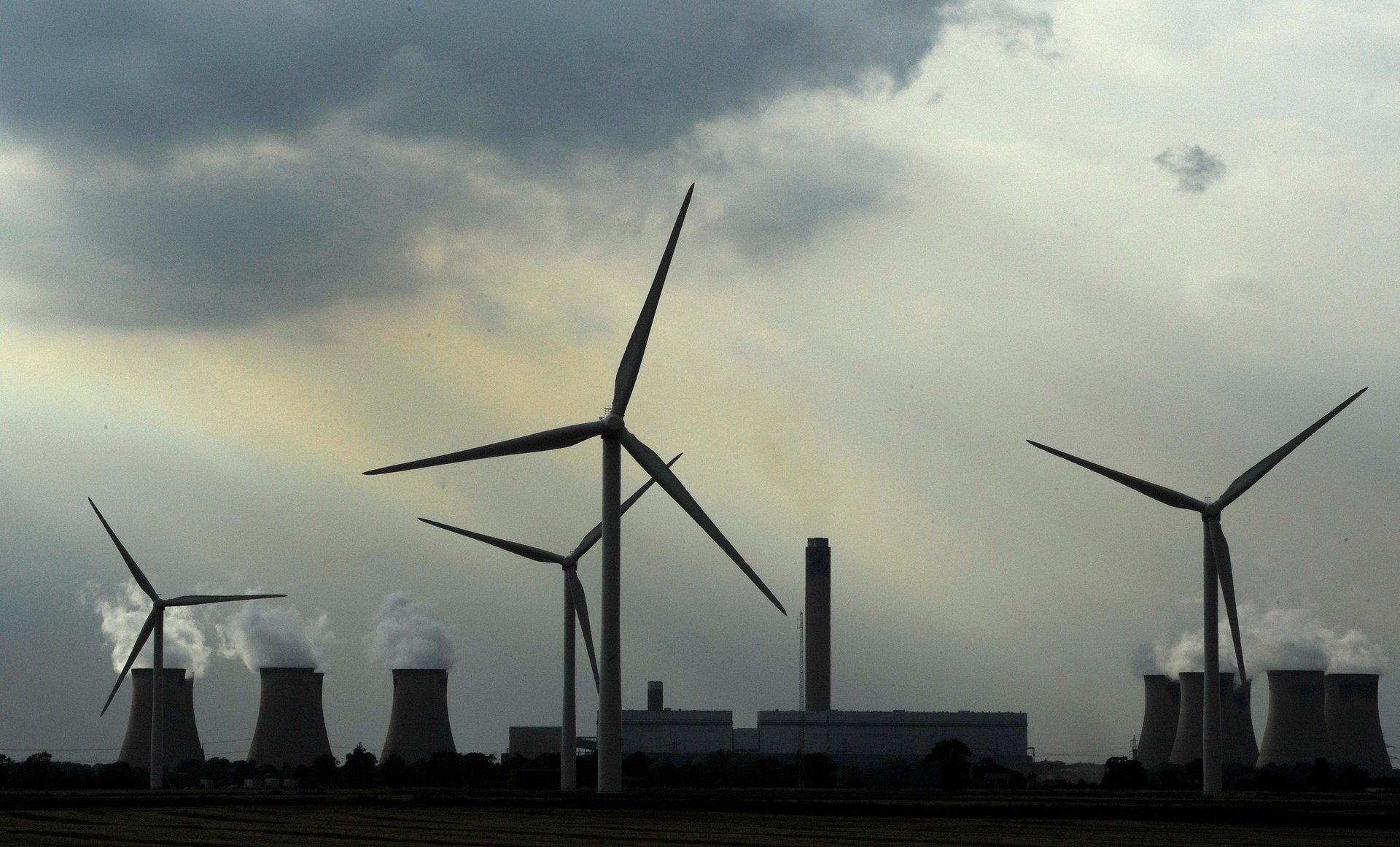The UK is paying people to not use electricity
The scheme is designed to reduce the peak-demand spikes that lead to higher use of non-renewable energy

For several hours this week and through the rest of the winter, UK residents can earn money by turning lights off, unplugging laptops, and using the microwave to heat dinner instead of cooking it in an electric oven.
National Grid, the UK’s electricity system operator, is teaming up with energy companies to offer payments, via energy bills, to customers who use less electricity during certain ‘saving sessions.’ These windows of time fall during hours of peak electricity demand—like mornings and evenings, when people prepare for or return from school and work, watch television, turn on lights and electric heaters, and cook. Yesterday (Jan. 24), for instance, the saving session fell between 4.30pm and 6pm.
Energy providers participating in this scheme include British Gas, EDF Energy, and E.ON. Only customers who have been invited by one of these providers, and who opt in, will benefit from payments. Further, only households with smart meters are eligible. Payments vary, but they can touch around £4 ($10) per kilowatt-hour of energy saved, benchmarked against a household’s own average use.
So if people make an effort to use less electricity than they usually use at that time—by avoiding the use of energy-intensive washing machines, for instance—they are likely to get a reduced bill or credit on their account.
How the UK’s National Grid is trying to save energy
National Grid trialled the scheme with the energy provider Octopus Energy in February last year, and in November 2022 put in place a “Demand Flexibility Service,” allowing a list of providers to incentivize their customers to cut electricity usage. How the providers do this is up to them, whether by emphasizing the financial benefits or by noting that reducing peak demand can be good for the environment. “Coal-fired power stations are once again warming up to deliver extra power, should it be needed to balance the grid this evening,” read an email from Octopus Energy to this journalist, an Octopus customer. “That means any electricity you save tonight directly reduces the need for dirty coal.”
A 2021 study of a similar trial in California found that financial incentives—as opposed to environmental messaging, for example—was the most effective way to change customers’ energy use. Other US states, and other European countries, also use demand response schemes in varying ways. In the UK, energy is cheaper at non-peak times, so customers have long been able to shift some of their usage—for example, by setting a dishwasher to run in the middle of the night. But the rollout of smart meters over the last few years has made it possible to customers to participate more actively still.
The two drivers of the UK’s scheme this winter are money and meeting renewable energy targets. The UK’s electricity, like that of many countries, comes from a variety of sources, including gas-fired power stations, wind, and nuclear. The country has been trying to phase down the use of coal and other non-renewables, but with wind and solar energy available intermittently, National Grid has to call on “baseline” providers like coal plants to satisfy peak demand. Customers, meanwhile, have seen energy bills soar this winter for a variety of reasons, including the Ukraine war pushing gas prices up.
Turning on otherwise-dormant coal plants is also a very expensive way to source more electricity. But during peak hours, the alternative is a blackout, which would be highly dangerous, especially during a cold winter. (Needless to say, blackouts would also politically damage the government.) This problem has led to the latest attempt at a fix: moving demand downwards instead of ramping up supply.